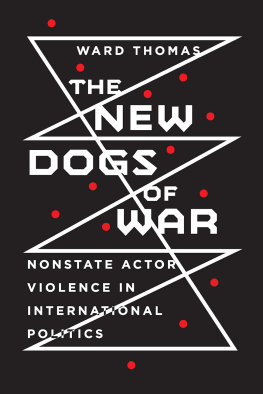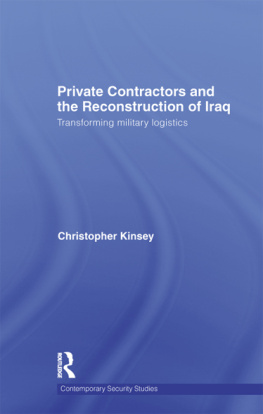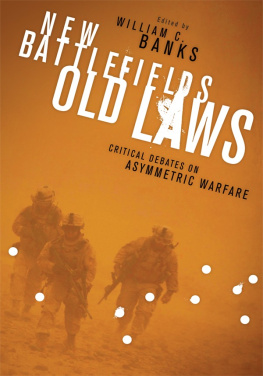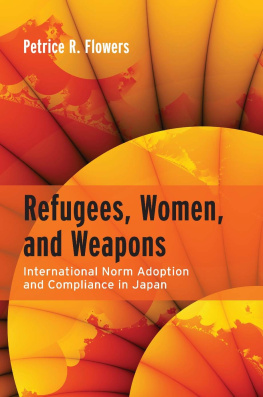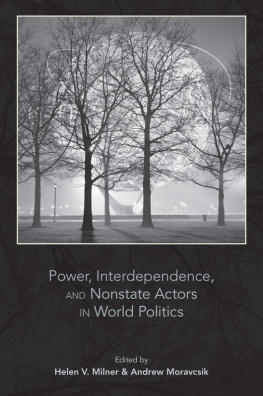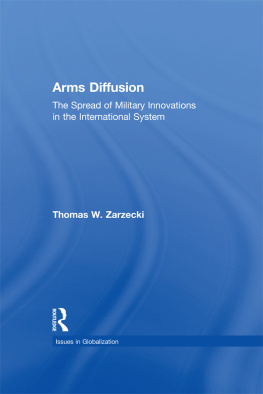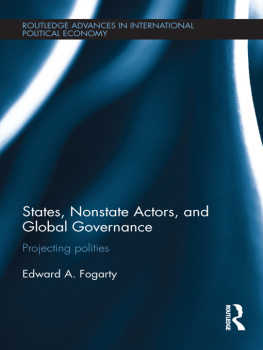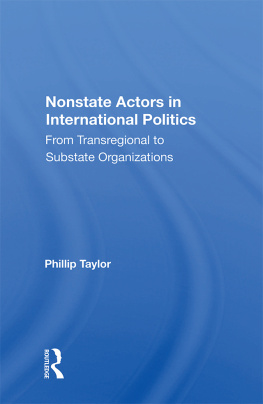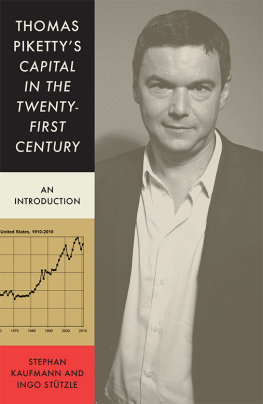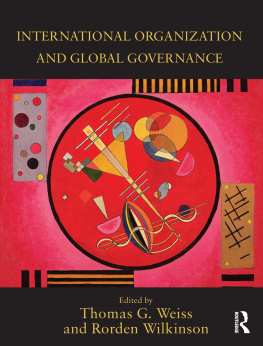Acknowledgments
Over the far too many years I have worked on this project, I have been blessed with the support of a large number of people. Many provided helpful comments on papers and chapter drafts, including Deborah Avant, Lionel Beehner, Charli Carpenter, Martha Finnemore, John Gentry, Eugene Gholz, Stuart Kaufman, Elizabeth Kier, Travis LaCouter, Tony Lang, Jonathan Mercer, Sarah Percy, Arie Perliger, Ullrich Petersohn, Richard Price, Sarah Sewall, Brent Steele, Bonnie Weir, and participants in colloquia at the University of Pittsburgh, the University of Washington, and the University of Texas. Greg Burnep, Aws Shemmeri, and Justinas Sileikas provided outstanding research assistance and incisive thoughts that significantly improved the final product. Any errors of fact and interpretation that remain, of course, are my own.
It is a pleasure, too, to acknowledge the generous support of the Office of the Provost, the Committee on Fellowships, Research, and Publication, and the Department of Political Science at the College of the Holy Cross. I also thank staff members at Dinand Library at Holy Cross and Beaman Memorial Library in West Boylston, Massachusetts.
This is the second book I have published with Cornell University Press, and both times the experience has been wonderful. A common denominator was Roger Haydon, whose insight and support was as indispensable as it had been two decades before. Upon Rogers retirement Mahinder Kingra stepped into the role without missing a beat. Mary Kate Murphy and Karen Hwa significantly improved the manuscript with their careful editing and patiently answered innumerable questions. Finally, Don McKeons copyediting was admirably detailed and nuanced.
I am extremely grateful to the friends and colleagues who provided encouragement, inspiration, and moral support, including Rosalind Briscoe, Diane Alleva Caceres, Tony Cashman, Loren Cass, Tom Corsi, Steven Kocs, Richard and Arvene Krushensky, Leslie Manning, Linda Mason Wilgis, Tracy Melton, Sally Phelps, Jane Powell, Herb Wilgis, Stephanie Yuhl, and members of the Poconos Writers Workshop and the Low Country Writers Cooperative.
My greatest debt of gratitude is to my family. Over the course of this project my sons Jack and Patrick have grown into young men, and I am tremendously proud of them both. My parents have been fonts of support and encouragement for literally longer than I can remember, and it is with profound appreciation that I dedicate this book to them. Finally, my wife Kari has been endlessly patient and boundlessly supportive. I owe her everything.
THE FALL AND RISE OF NONSTATE VIOLENCE
State sovereignty is not what it used to be. Although states are not on the verge of extinction, the classical Westphalian modelunitary government with a monopoly on violence and dominion over its territoryis clearly on the wane. Observers of globalization have noted the increasing permeability of state borders and the prevalence of transnational economic and cultural forces.
Not all manifestations of the decline of sovereignty, however, are beneficial. One of the most significant, and potentially alarming, is the erosion of the state monopoly on transnational violence. To a greater degree than at any time in generations, actors other than states are using military force in ways that impact the international system. These actors fit varying descriptions, from the nefarious to the respectable. On one end of the spectrum are transnational terrorist
This book examines this dramatic growth in nonstate actor violence, focusing on the crucial role played in this trend by changes in international norms. The most commonly cited definition of the state is the one devised by Max Weber over a century ago: the form of human community that (successfully) lays claim to the monopoly on legitimate physical violence. In contemporary international politics, the legitimacy or illegitimacy of any particular group increasingly hinges on its political goals, whereas in past generations the very use of force itself by a nonstate actor would be deemed illegitimate.
In the following chapters, I tackle this puzzle, trying to understand the rise of nonstate violence by bringing attention back to the word legitimate in Webers definition. In doing so, I address the question of how to explain the relatively rapid decline of the norm against actors other than states using military forcea norm that once resided at the conceptual core of the sovereign states system.
Nonstate Violence Makes a Comeback
International politics was once rife with military entrepreneurs, private armies, and other forces unaffiliated with national governments. After the Westphalian revolution of the 1600s, however, newly powerful sovereign states eventually came to view such actors as threats to international order and by the early nineteenth century had largely driven them out of business.
What has occurred in the past several decades constitutes a significant change in both the frequency with which nonstate actors use force and the scale on which they use it. One widely cited measure of this is that interstate warthe classic model of conflict that undergirds much international law, as well as most military doctrinehas become rare, while intrastate war is common. And while few defend terrorism as such, almost every group accused of terrorism by some states can find others willing to defend it against those accusations. In short, nonstate actor violence has acquired, in some forms and in some settings, considerable legitimacy.
Categorizing nonstate actor violence can be tricky. Distinctions among types of organization can be blurry and arbitrary, with overlaps among categories common. For example, Phil Williams identifies six types of violent nonstate actors: warlords, militias, paramilitary forces, insurgencies, terrorist organizations, and criminal organizations and youth gangs. A related difficulty is that the categories themselves are often contested, especially those that carry moral connotations. This is notoriously the case when it comes to labeling an organization as terrorist, for reasons I explain in chapter 4, but is also crucial in the PMSC case, as private purveyors of military and security services have tried to distance themselves from the stigma associated with mercenaries. Indeed, the contestation of these categories is an important part of the story I tell in this book and helps to explain both the multiplicity of terms sometimes used to refer to violent nonstate actors and the stakes involved in this choice of terminology.
If the Hezbollah and Hamas cases illustrate the elusiveness of a bright line between militias and terrorists, the role of the February 17 group in the Benghazi case shows that the line between private contractors and militias can also sometimes be muddled. All three cases, moreover, speak generally to the growing prevalence of nonstate actors in roles traditionally associated with states.
In this study, I consider militias and paramilitaries together in a somewhat generic category of armed nonstate groups. Some scholars use militia to refer only to progovernment groups, but there are limitations to this approach, as the degree of cooperation with the state is sometimes unclear and can change quickly.
Transnational terrorism is the type of nonstate actor violence that has gotten the most attention and provoked the most concern. The al-Qaeda attacks of September 11, 2001, immediately reconfigured US foreign policy, which has in turn reconfigured significant parts of the Middle East and Southwest Asia, as well as relations between the Islamic and Western worlds. Subsequent operations by al-Qaeda and its affiliates in Europe, Asia, and Africa further demonstrated the reach of the organization. The apotheosis of transnational terrorism in the twenty-first century, however, may have been the ascendance of ISIS, an offshoot of al-Qaeda that seized large areas of eastern Syria and western Iraq in which it declared a caliphate in 2014. Beyond this unprecedented territorial presence, the group carried out attacks in a dozen other countries, including the United Kingdom, France, Lebanon, Russia, Spain, and Turkey, and its regional affiliates have roiled already volatile situations in Afghanistan and Libya. Al-Qaeda and ISIS, however, are but two of the dozens of groups named as terrorist organizations by the US government, and for many of these the terrorist designation is more controversial. Indeed, among the categories of nonstate violence, terrorism carries by far the strongest moral opprobrium and unsurprisingly is also the most vociferously contested. As I explain in chapter 4, for nearly a century the conventional basis for distinguishing between terrorism and other modes of political violence was whether the violence directly targeted noncombatants. That criterion itself, however, would become hotly contested and is now one among many contending factors, many of them overtly political, that determines who is labeled a terrorist. One implication of this is that the distinctions between terrorist organizations and other nonstate groups can be fluid and even arbitrarya fact that is both an analytical problem and an illustration of the point that various types of non-state violence should be examined together as different facets of an important dynamic in global politics.

